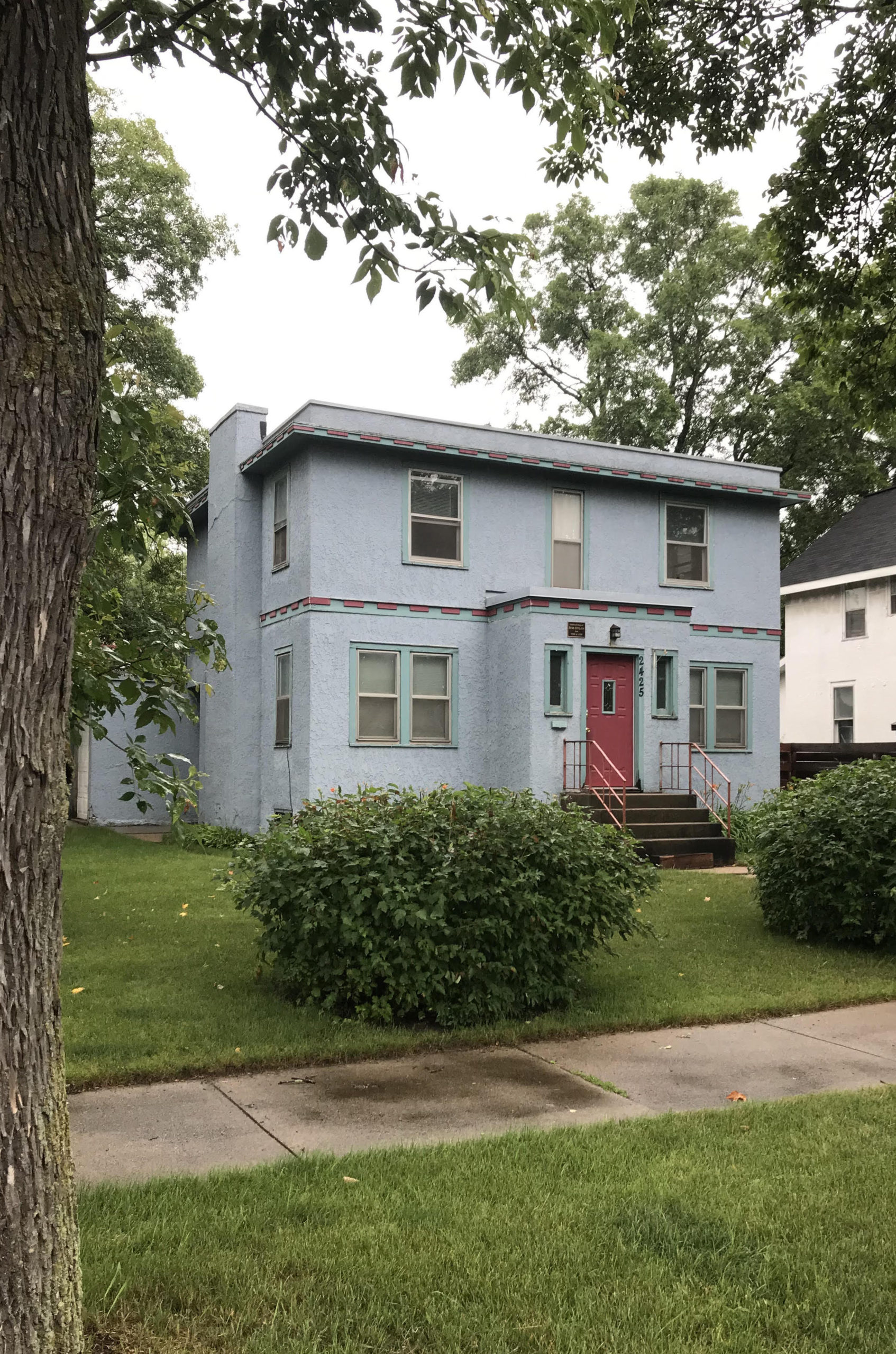
I have always pondered what impact childhood homes and living situations have on one’s development. When I was a child I lived in several homes.
Each place was unique and had some quality that differentiated it from the neighboring houses. My parents weren’t artistically minded, but they didn’t like the idea of living in a “cookie cutter” home. I am quite confident that my wife and I passed that sensibility on to my two sons. In addition to living in unique places, we have always used the spaces in our modest homes in unconventional ways. I started a business in one of our homes, which meant my employees regularly came into our kitchen for their morning cup of coffee while my children and wife were still in their pajamas.
In one home all our furniture, including our closets, were all on wheels. We would regularly roll all the furniture down the hall and have art exhibitions or “art parties.” More than 300 visitors would show up on opening night. The next day the furniture got rolled back, and we would live amidst the art. In a rental home our youngest son insisted on living in the coat closet under the staircase like Harry Potter.
On another occasion after watching the movie Tron our oldest son decided to move into the garage rather than share a room with his brother—he stayed there until graduating from high school. My wife, who has a counseling degree, often jokes that we should divert funds from our children’s education fund into a therapy fund for our sons to access when they are ready to process their childhood.
I may have just disclosed too much personal information, but it explains why I was so delighted when I visited Bob Dylan’s childhood home in Hibbing, Minnesota. At the time he was a homely young Jewish boy named Robert Zimmerman. The home stood out in the neighborhood—it appeared to be the only home with a flat roof and with Art Deco styling. In my mind it made perfect sense that one of the greatest American singer-songwriters, winner of the 2016 Nobel Prize in Literature, grew up in a home that did not look like every other home on the block. So often we scorn being different, when it is the very soil that yields life’s greatest treasures.

https://www.nytimes.com/2021/04/13/arts/design/frank-gehry.html?campaign_id=9&emc=edit_nn_20210414&instance_id=29210&nl=the-morning®i_id=114557525&segment_id=55537&te=1&user_id=eaf621f5dad476f4fa2c1d434b630577